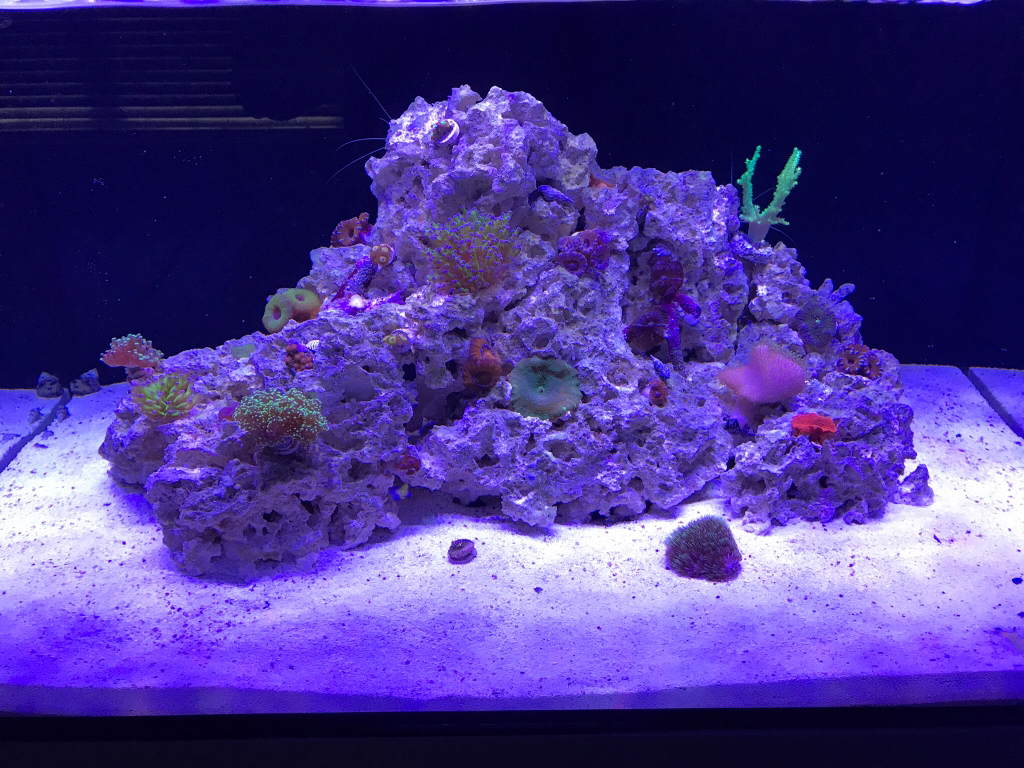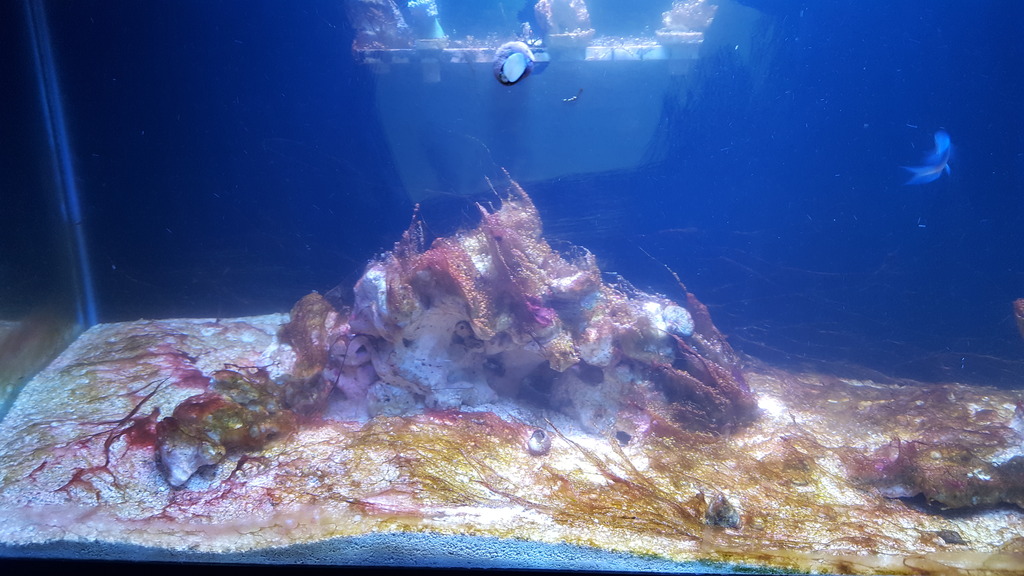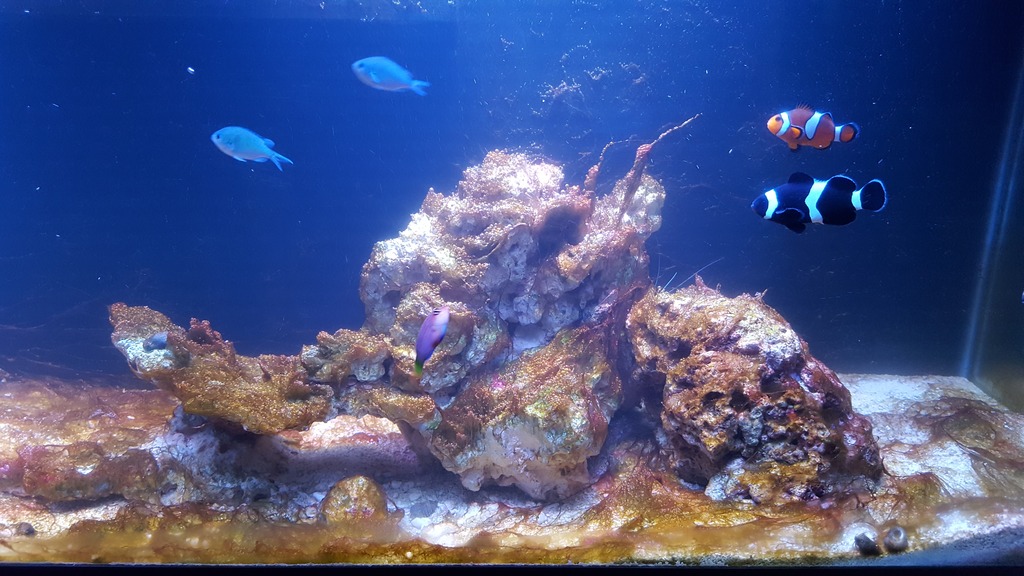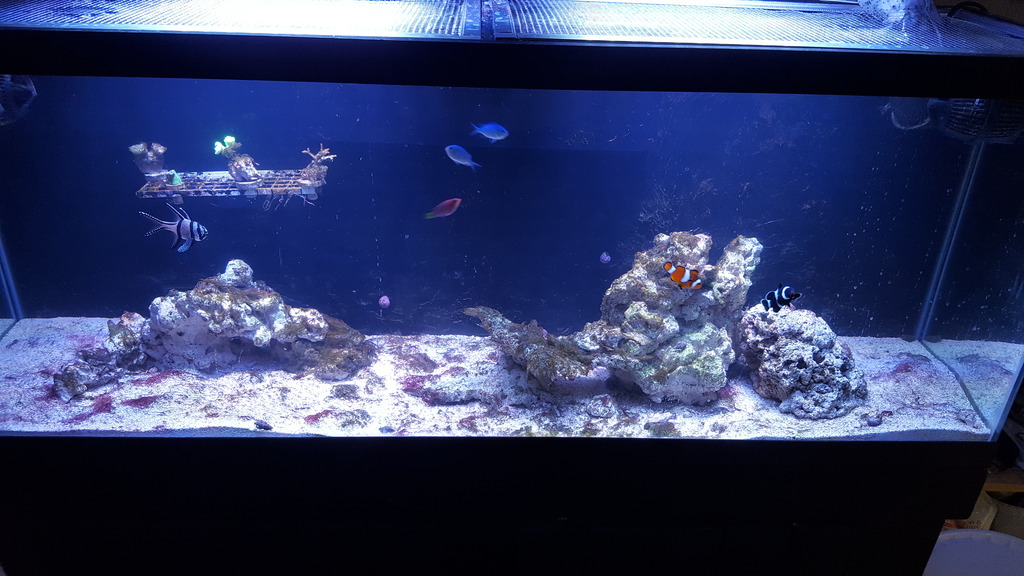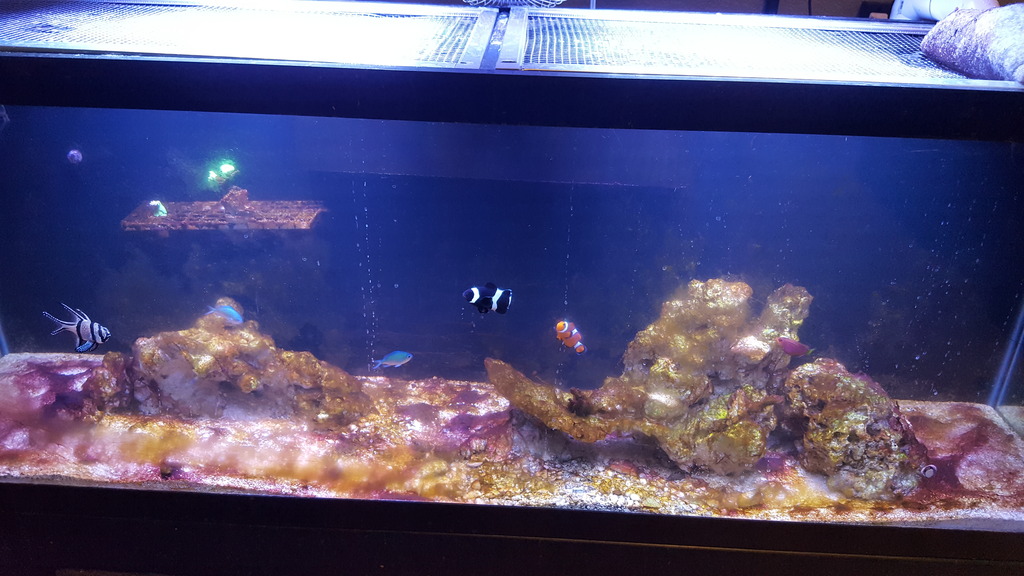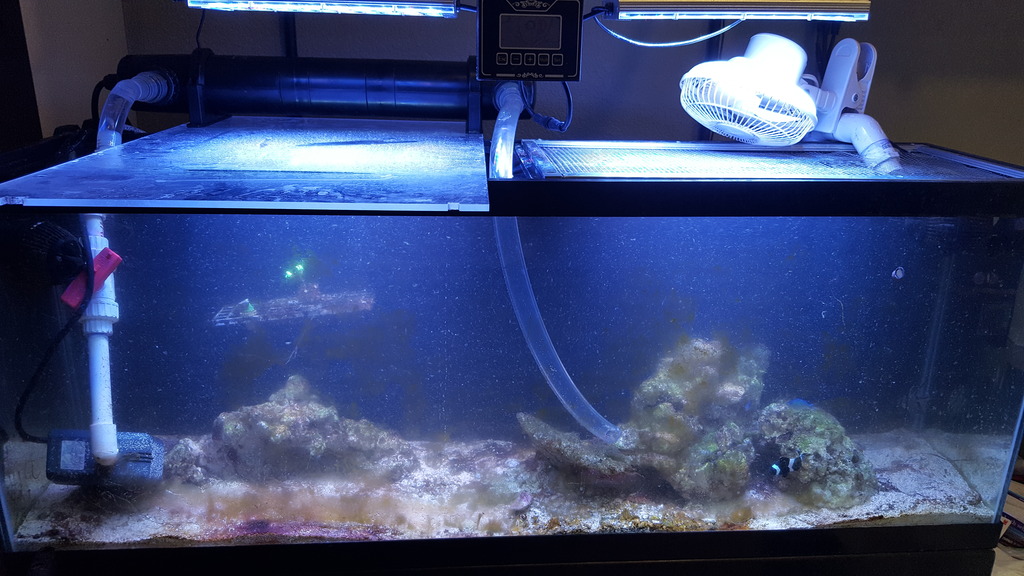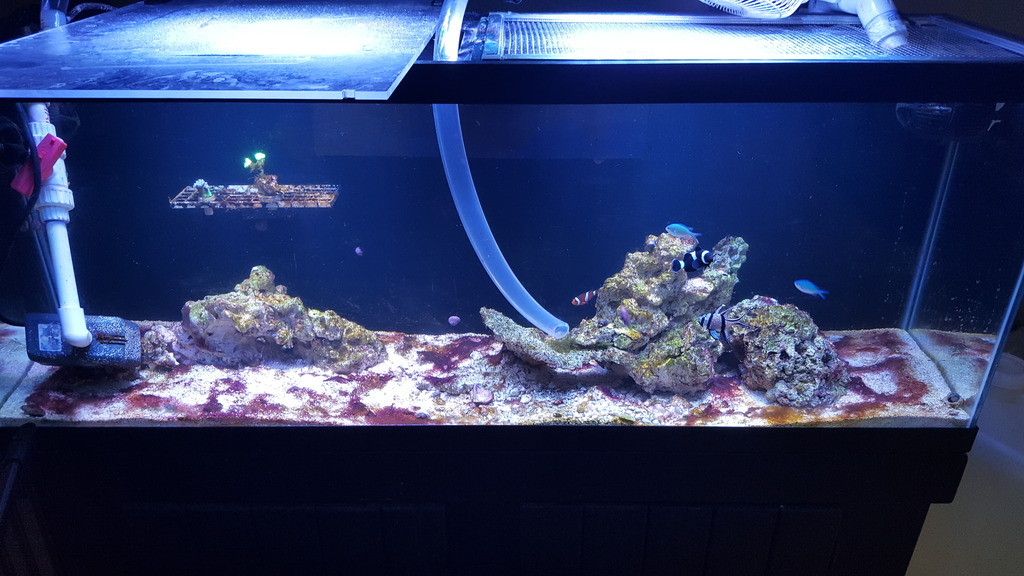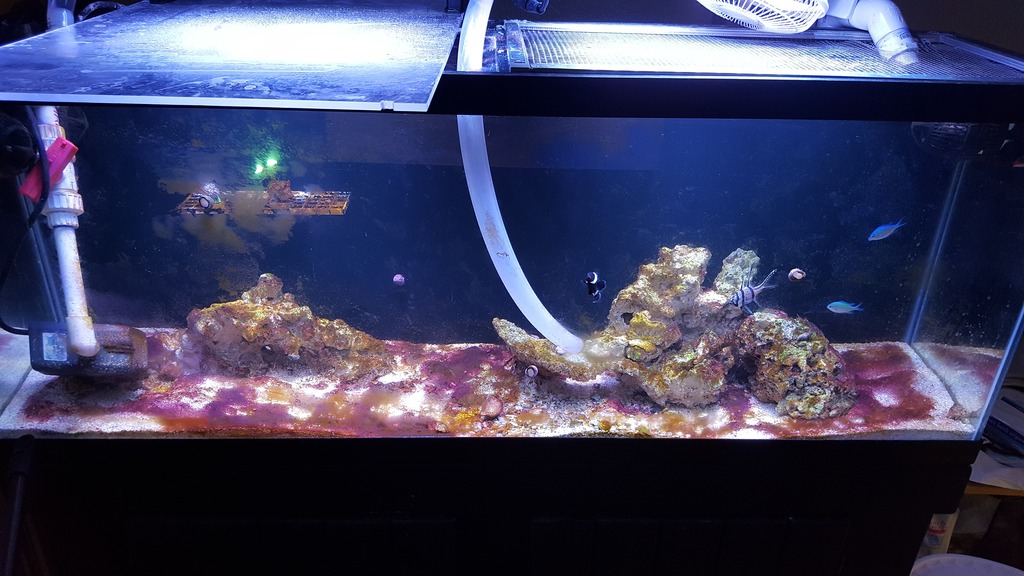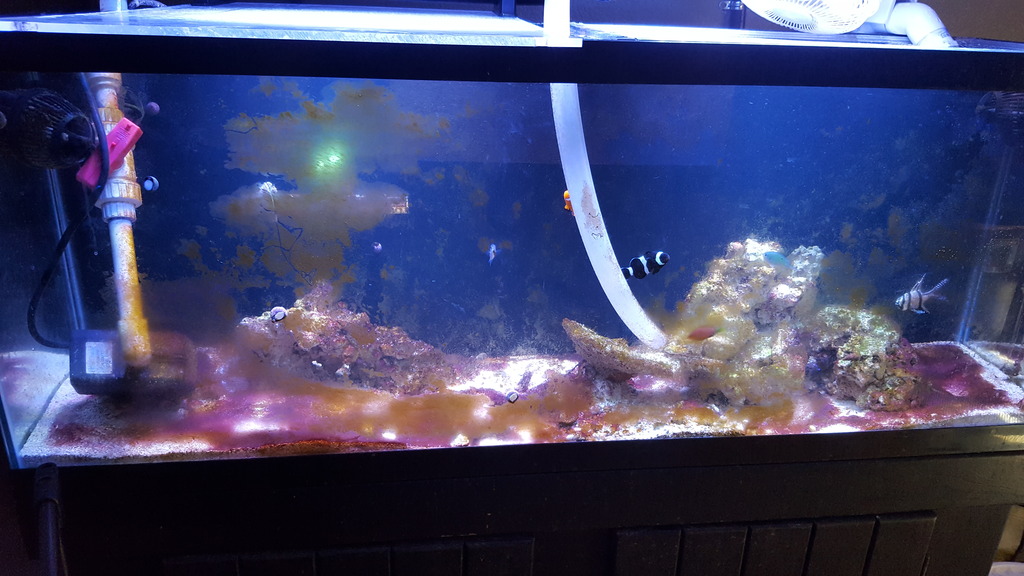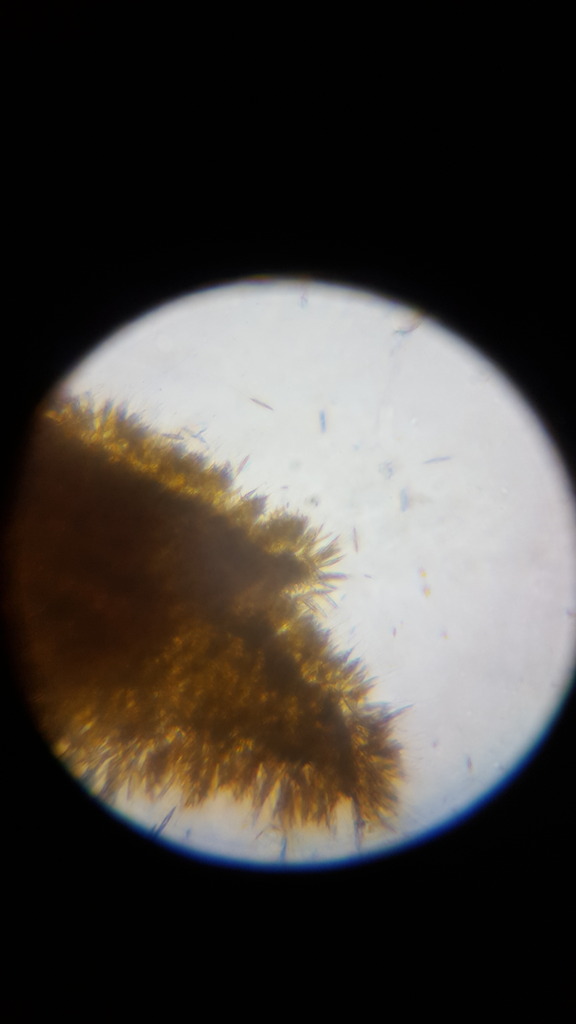- Joined
- May 22, 2016
- Messages
- 6,545
- Reaction score
- 10,100
Does it work if you click on the image? It should take you to flickr, and the video works there. Otherwise, I will upload to youtube..
Thanks.
Works now.
The spherical ones are likely Coolia and are probably the majority of the brown, and I saw one amphidinium cell.
Normal Dino protocol for the Coolia.





